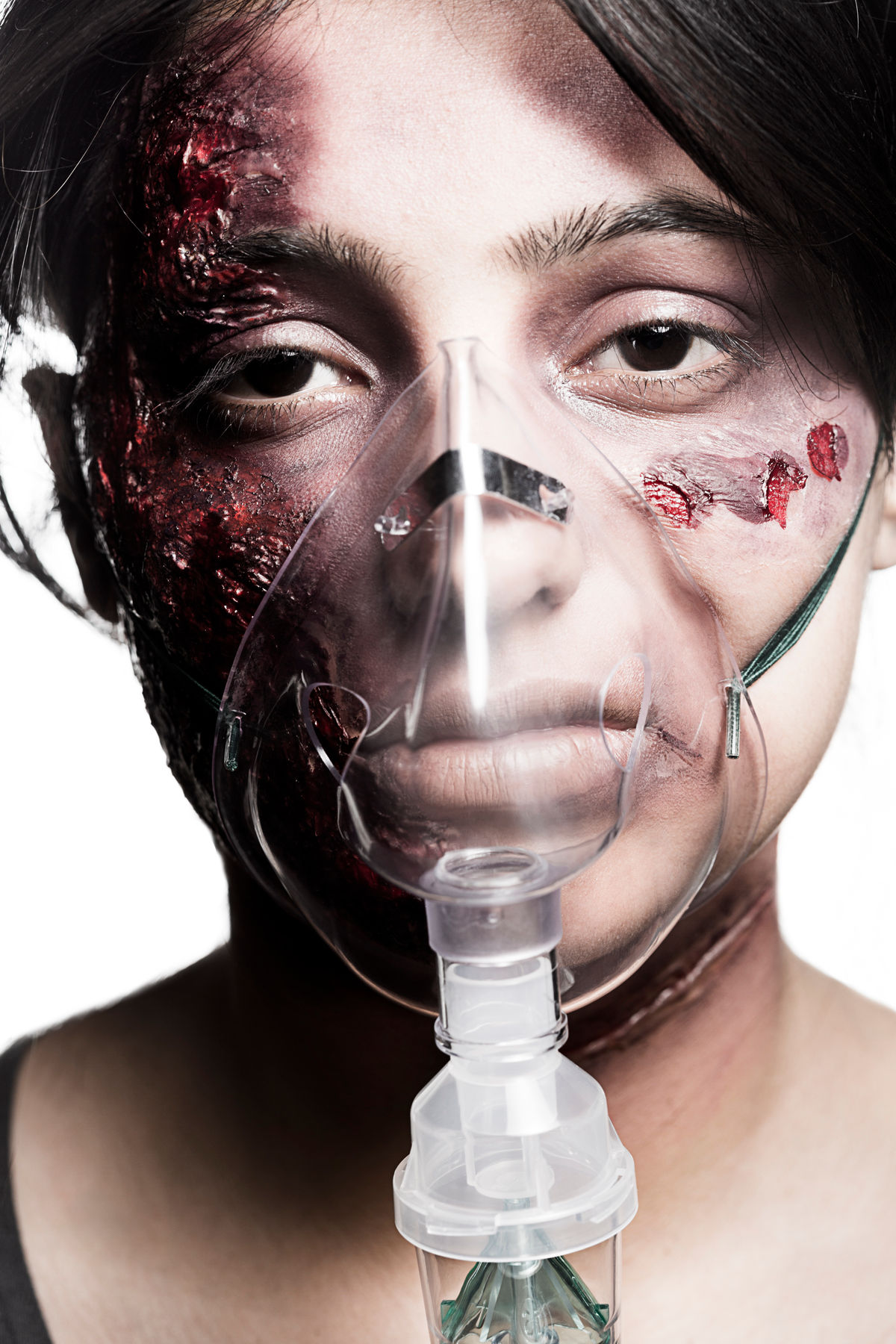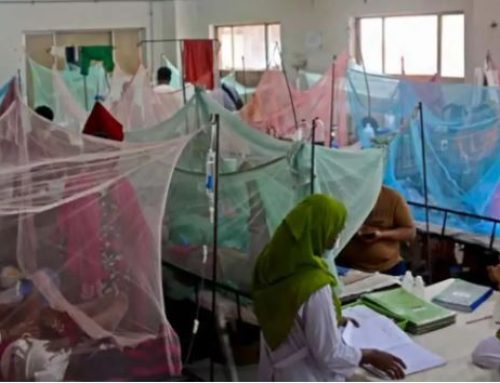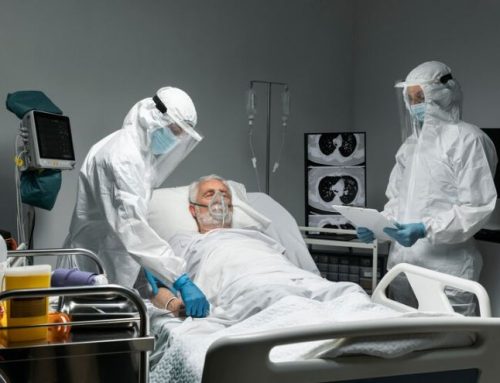Project Description
Author: Dey et al.
Summary:
Nosocomial infection is a major challenge for the appropriate management of burns. The present study aimed to investigate the incidence, risk factors, and causative organisms of nosocomial infection in burn patients of Khulna, Bangladesh.
This cross-sectional study was conducted among admitted patients of the Burn and Plastic Surgery Department of Khulna Medical College Hospital (KMCH) from January to December 2020. Relevant data were collected from the patients’ hospital records. Samples of wound swabs and blood were collected and cultured in the microbiology laboratory of KMCH. Logistic regression models were used to determine the risk factors for infective complications in burn patients. All statistical analyses were carried out using SPSS version 26.0.
A total of 100 burn patients were included. Their mean age was 29.2 years with a male-female ratio of 1.3:1. Flame burns were most prevalent among the patients (41%), followed by scald (23%) and electric burns (15%). Almost 40% patients had full thickness burn. The incidence of nosocomial infection was 42% (wound infection 33% and septicemia 9%). Total body surface area of burn >40% (OR 7.56, 95% CI 2.89-19.81), full thickness burn (OR 34.40, 95% CI 3.25-97.14) and prolonged hospital stay (aOR 1.31, 95% CI 1.15-1.51) were significant risk factors for nosocomial infection among burn patients. Staphylococcus aureus was the most commonly isolated organism (45%), followed by Streptococcus (24%), Pseudomonas aeruginosa (19%) and Escherichia coli (12%).
As the epidemiology of nosocomial infection is not the same in different health facilities, a facility-based comprehensive burn management protocol considering the local epidemiology and causative organisms of burn wound infection is crucial for the prevention and management of nosocomial infections in burn patients.
Status: Completed
Abstract link: NA
Keywords: Nosocomial infection, Burn, Incidence, Risk factors, Causative organism



